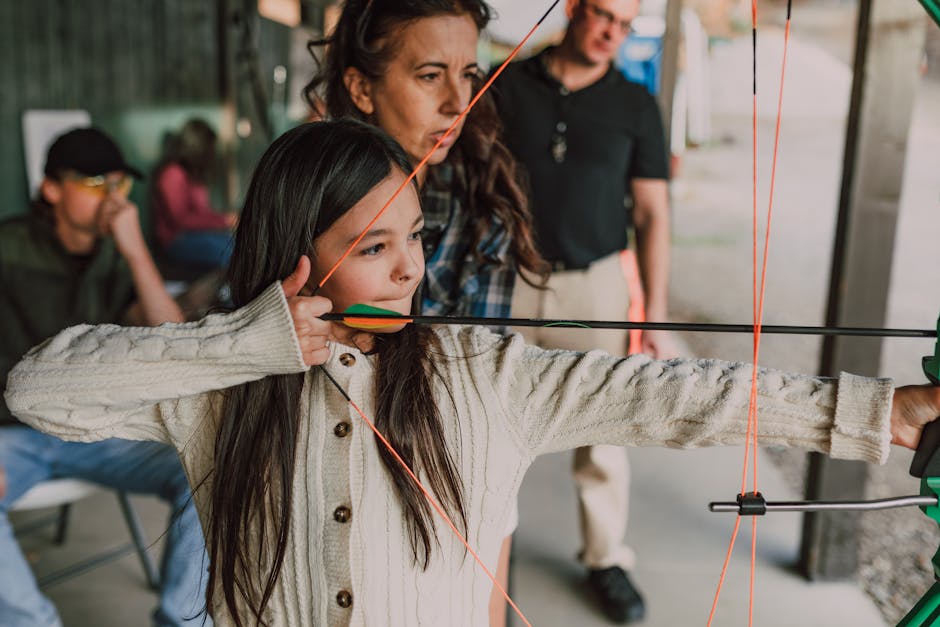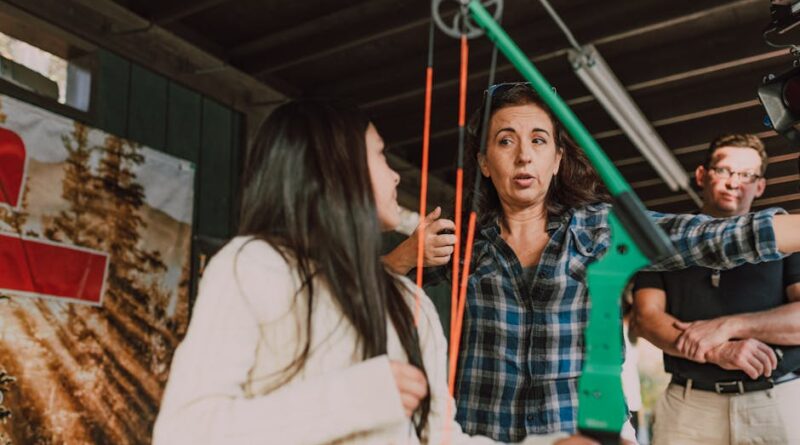A Complete Guide to Bow Prices and Quality
When it comes to choosing a bow, whether for hunting, target shooting, or recreational purposes, understanding the intricate relationship between price and quality is crucial. Bows come in various shapes, sizes, and materials, each affecting the overall performance and cost. In this comprehensive guide, we delve into the world of bows, exploring the factors that influence their prices and quality.
The History of Bows

The bow has been a tool of both survival and sport for thousands of years. From the longbows of medieval Europe to the traditional recurve bows of Asia, the history of bow-making is rich and diverse. Understanding the evolution of bows can provide valuable insights into the craftsmanship and quality of modern-day bows.
Historically, bows were crafted from materials such as wood, horn, and sinew. The skill of the bowyer was paramount in creating a bow that was powerful, accurate, and durable. As technology advanced, modern materials like fiberglass, carbon fiber, and aluminum began to replace traditional materials, leading to lighter and more efficient bows.
Types of Bows

There are several types of bows available in the market today, each designed for specific purposes. Recurve bows, compound bows, traditional bows, and crossbows are among the most popular choices. Understanding the differences between these types of bows can help you make an informed decision based on your needs and preferences.
Recurve bows are known for their elegant design and simplicity, making them a favorite among traditional archers. Compound bows, on the other hand, utilize a system of pulleys and cables to generate more power with less effort, making them ideal for hunting and target shooting. Traditional bows, such as longbows and horse bows, appeal to those who prefer a more primitive and historical approach to archery.
Factors Influencing Bow Prices

When it comes to pricing bows, several factors come into play. The materials used, the brand reputation, the technology incorporated, and the craftsmanship involved can all contribute to the final price tag. Understanding these factors can help you assess the value and quality of a bow before making a purchase.
High-end bows often feature advanced materials like carbon fiber and titanium, which are lightweight, durable, and offer superior performance. These materials come at a premium price, reflecting the quality and precision engineering that goes into crafting such bows. On the other hand, budget-friendly bows may use more traditional materials like wood and fiberglass, sacrificing some performance for affordability.
Quality Indicators in Bows

When evaluating the quality of a bow, there are several key indicators to look out for. The draw weight, draw length, brace height, and overall craftsmanship can all give you a sense of how well a bow is made and how it will perform in the field. Paying attention to these details can help you choose a bow that meets your specific needs and expectations.
The draw weight of a bow refers to the amount of force required to pull the bowstring to its full draw length. A higher draw weight indicates a more powerful bow, while a lower draw weight is more suitable for beginners or individuals with less strength. The draw length, on the other hand, is the distance from the grip to the string when the bow is at full draw, influencing accuracy and comfort.
Choosing the Right Bow for You
With so many options available, finding the right bow for your needs can be a daunting task. Whether you are a beginner looking to start in archery or an experienced archer looking to upgrade your equipment, considering your skill level, budget, and intended use is essential in making the right choice.
For beginners, it is advisable to start with a simple recurve bow or a low-end compound bow to get a feel for archery without breaking the bank. As you progress and develop your skills, you can consider investing in a more advanced bow that offers better performance and customization options. Consulting with experienced archers and visiting archery shops can also provide valuable insights and recommendations.
The Impact of Bow Quality on Performance
The quality of a bow plays a significant role in determining its performance in terms of accuracy, speed, and durability. A well-crafted bow with high-quality materials and precise engineering can enhance your shooting experience and help you achieve better results in competitions or hunting expeditions.
A high-quality bow will have smooth draw and release, minimal hand shock, and consistent arrow flight, allowing you to focus on your technique and form rather than compensating for the bow’s shortcomings. Additionally, a durable bow that can withstand the rigors of regular use and adverse weather conditions will provide you with years of reliable service and enjoyment.
Expert Opinions on Bow Prices and Quality
According to renowned archery experts and professionals, the relationship between bow prices and quality is a complex one that depends on various factors. While high-end bows may offer exceptional performance and craftsmanship, budget-friendly bows can also provide a satisfactory experience for recreational archers and beginners.
Expert archers recommend focusing on the specific features and capabilities that matter most to you, rather than solely relying on price as a measure of quality. Testing out different bows, seeking advice from experienced archers, and considering your individual preferences can help you find the right balance between price and quality in a bow.
Common Misconceptions about Bow Prices
One common misconception about bow prices is that higher-priced bows are always superior in quality and performance compared to more affordable options. While it is true that premium bows often incorporate advanced materials and technology, there are many budget-friendly bows that offer excellent value and functionality.
Another misconception is that expensive bows are only meant for experienced archers or professional competitors. In reality, many high-quality bows are designed to cater to a wide range of skill levels and preferences, ensuring that there is a suitable option for every archer, regardless of budget or experience.
Conclusion
In conclusion, understanding the relationship between bow prices and quality is essential in making an informed decision when purchasing a bow. By considering factors such as materials, craftsmanship, and intended use, you can find a bow that meets your needs and budget while delivering the performance and satisfaction you desire.
To wrap things up, remember that the best bow for you is one that feels comfortable, performs well, and aligns with your archery goals. Whether you are a beginner taking your first shot or an experienced archer honing your skills, the right bow can make all the difference in your archery journey.




